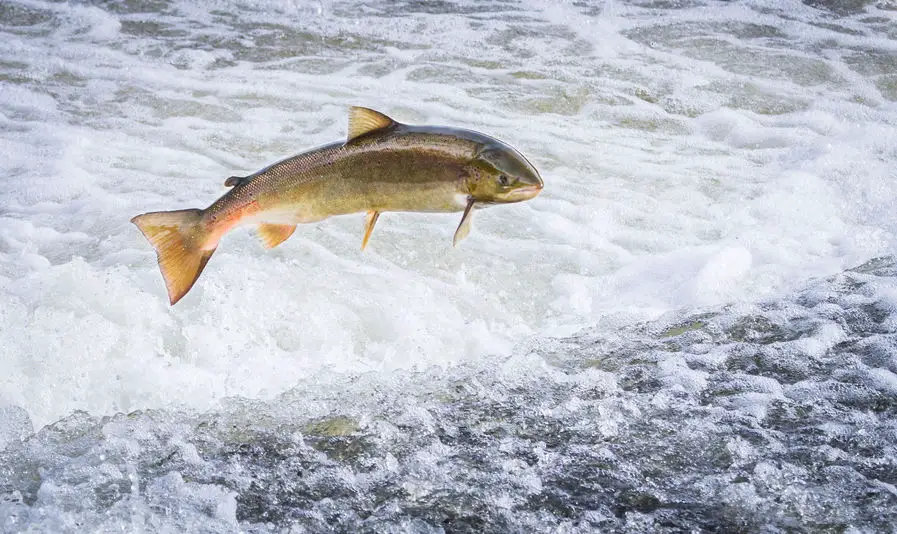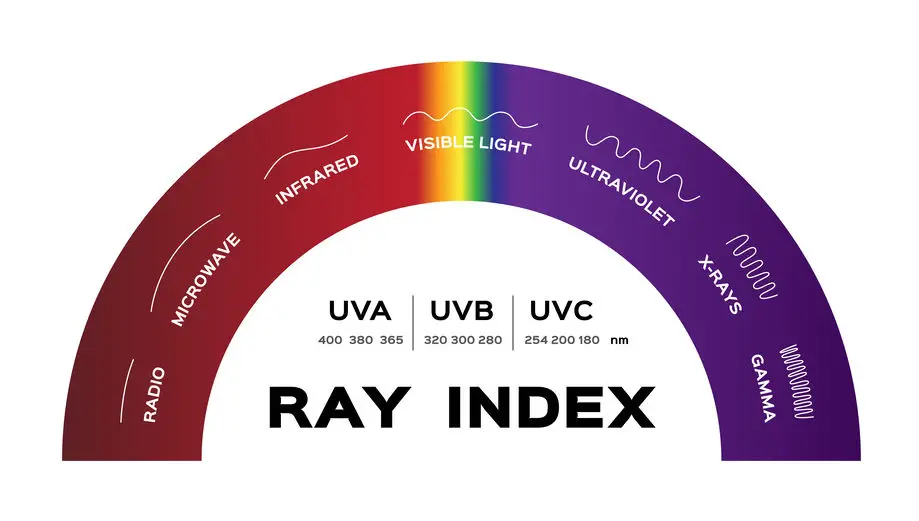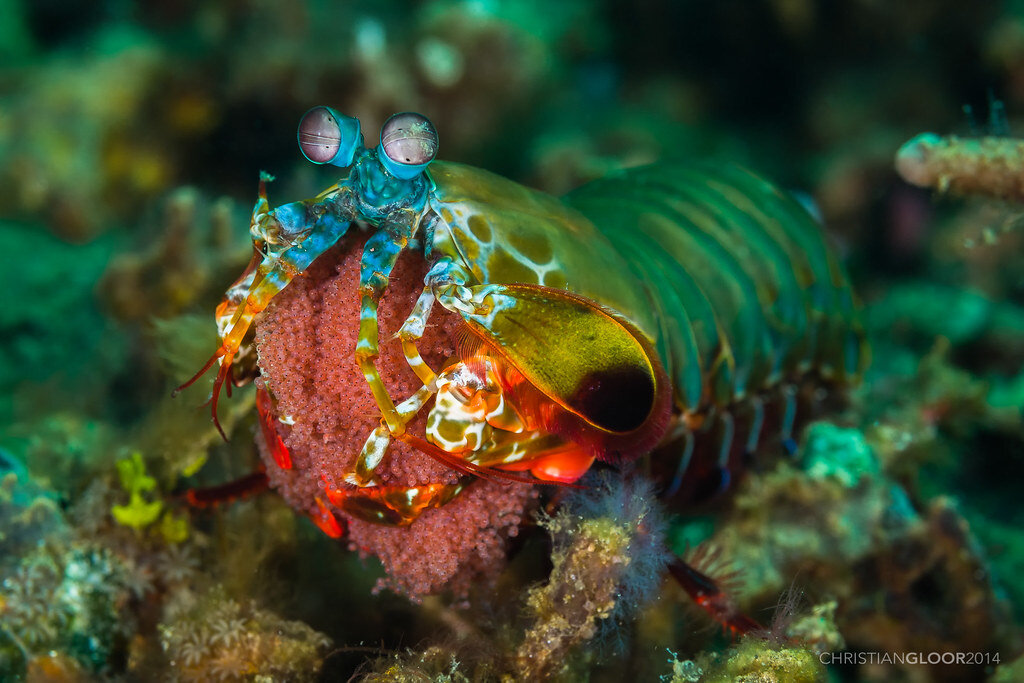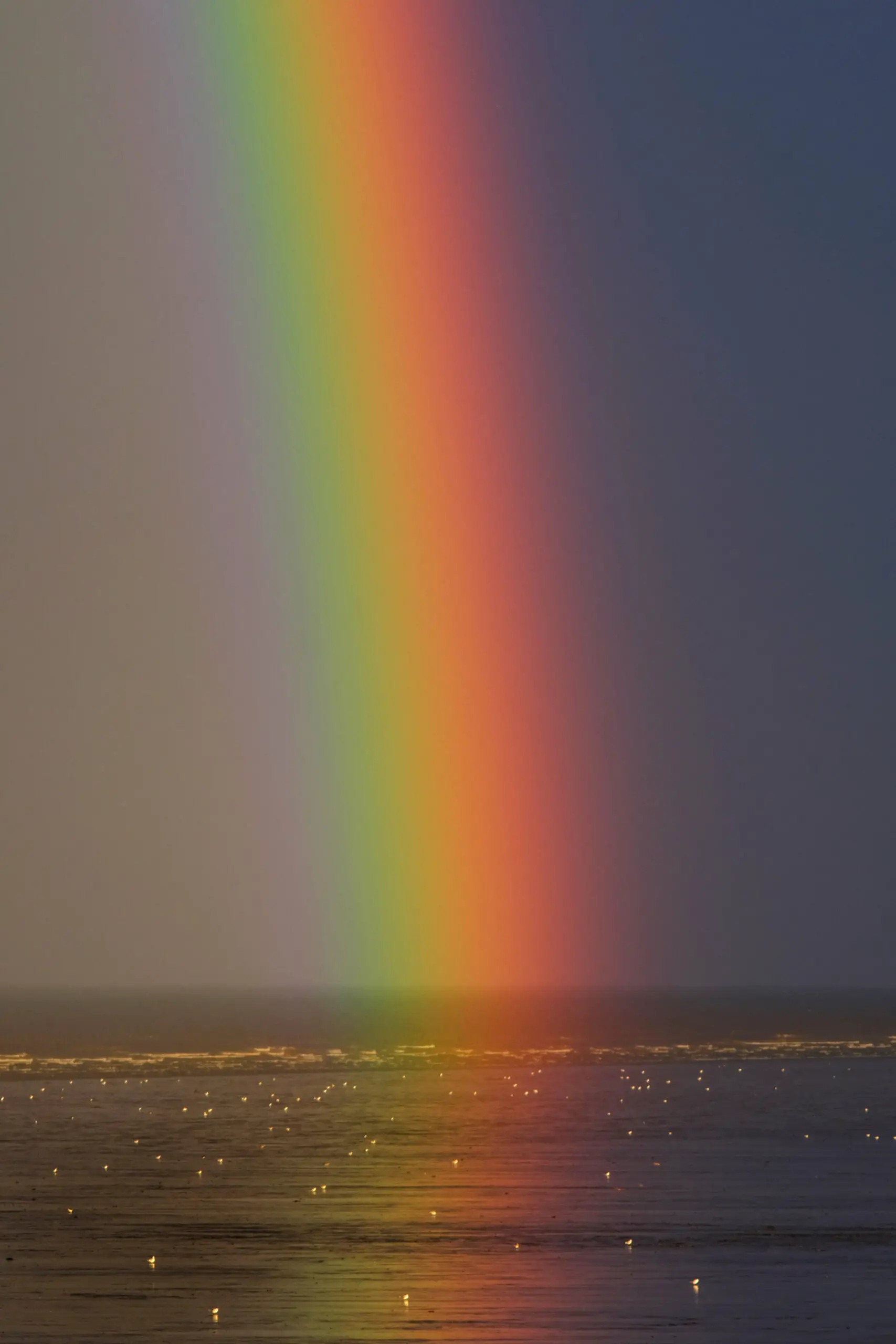7 Animals That Can See Ultraviolet Light
Humans have a visible spectrum of light ranging between the colours violet to red. The wavelengths of these colours go from around 380nm to 700nm.
However, our spectrum of visible light is rather limited when compared to a lot of animals. Some animals have significantly wider spectrums than us, some enough to see infrared and some enough to see ultraviolet light.
There are situations in which humans can also see in these spectrums, such as certain types of eye modifications but it doesn’t come as a natural function for us. This is a list of 7 animals which have a sense of vision for ultraviolet light.
Reindeer

Reindeer are animals which spend most of their time in heavy snow. Snow is very reflective and will reflect a large amount of light into the eyes of any animal that is around it. Because of this, the reindeer have developed a sense for ultraviolet radiation.
In fact, because of this evolution reindeer are the only mammal that can see UV light. It was thought that mammals simply weren’t built for UV vision but it turns out that it is possible for them to evolve to accommodate it if the situation makes it beneficial.
It also allows them other advantages in harsh winter climates, one of the main ones is being able to spot lichens due to their UV radiation. Lichens contribute as a large portion of the reindeer food sources, making it a clear evolutionary advantage for them to see UV light.
It also helps them to spot things that other animals would miss such as the urine or fur of other predatory animals. This helps them avoid these predators much easier and gives them a much better chance of survival.
While this is impressive we are really just scratching the surface of what the animal kingdom is capable of regarding ultraviolet vision.
Birds

A study was conducted where scientists tested if UV light perhaps has anything to do with the way certain species of birds interact with their chicks.
After an initial weigh-in of 84 different chicks, they used a specific jelly to either increase or decrease the amount of UV the chicks gave off, which then creates 2 test groups of chicks that give off varying amounts of UV light.
After applying the jelly they simply let the chicks stay in their nests and wait for the parents to come to feed them. After 4 hours they weighed the chicks again to see if it had an impact at all, and it turns out it did.
The bird parents seemed to favour feeding the chicks that gave off more UV than the chicks that had their UV blocked out. This allows us to draw a correlation between how much UV light the chicks give off and how much they are fed because of that.
This is a very interesting result to see since we don’t know of any other animals that do this. We have animals that can do a plethora of things with their sensitivity to UV light, this use is rather unique though.
Bats

When thinking about animals with better vision than ours, bats are probably not an animal that comes to mind. In fact, many even believe that they can’t see much at all. It makes sense for people to get that idea since they’re mainly known for hunting using echolocation which revolves around sound and not light.
It turns out though that bats actually do have a pretty decent vision, they simply just opt for their well working sound strategies since it’s more applicable for their night hunting.
There was a study conducted of about 500 different bats where they tested out their sensitivity for UV light and what use it has for them. They tried out exposing the bats to different levels of UV to see how they react to it, and as it turns out they do give off a psychological response to the UV light.
When researching what uses their UV capabilities have, they came up with some interesting results. They propose that a couple of benefits of being able to see UV is being able to find food easier, which for bats consists of fruits, flowers and insects.
They also propose the idea that they use it for communication with potential mates and their young ones. This idea needs to be further researched in order to be conclusive, but it is definitely an interesting and believable concept.
Another thing they suggested is that they make use of UV vision to monitor for predators. This works because stuff like fur and urine give off UV light, which if you have this level of vision you can definitely see.
While the evidence isn’t fully conclusive for this yet, they also believe that they make use of UV for their late night flight navigation. They believe it to be like this because otherwise it would be hard for a bat to stay oriented in mid air without being able to use its echolocation or any other sensory ability.
They believe that UV light helps with contrasts in objects, which can help them determine where they are in darker conditions.
Bees

Bees are one of the most interesting animals on this list because unlike the others on here that simply make use of UV light for different purposes, bees struggle to function properly at all without it.
When bees are not at all exposed to UV light, they seem to “lose interest in foraging and will remain in the hive until they are forced out by starvation and severe food shortages” This is rather bad when it happens considering that pollination is such a critical part of our ecosystem.
UV is also important for their work within pollination though, since that is the way that they find flowers to pollinate. The way they do that is not the same as ours, though. We don’t see the same as bees.
What we see is just a regular old flower of some sort, whereas a bee sees a UV marking on the flower’s petals to determine what type of flower it is and where on the flower it should land.
Rats

One animal not many people anticipate being able to see UV are rat. Rats do in fact have a visible spectrum that allows them to see wavelengths of ultraviolet light.
However, it’s not exactly useful for rats as it is for other animals. Rats simply have the ability to see and sense UV light, it doesn’t serve any specific purpose. That is at least as far as we know for now, future research could very well change this aspect.
Salmon

Another animal with the ability to see UV is the sockeye salmon. A study was conducted where they studied several salmons during the span of their lifetime to see how their UV capabilities are developed and kept throughout their life.
There was since before evidence that salmon and other fish too have the capability to see UV. The reason for going more in-depth in salmon specifically though is because their perception of UV is rather dynamic and changes at certain points in their life.
They found that the ultraviolet sensitivity diminishes a bit when the fish transform from parr to smolt. That being said, they also found that they regain their ultraviolet vision throughout their life.
The most common use of increased UV sensitivity for salmon as well as for other fish is mostly to find food. The way this would work is because they can more easily tell contrasts with UV and also see specific reflections that plankton and other food sources give off.
Butterflies

One more specific type of animal that makes good use of UV is the butterflies. They make use of the natural ultraviolet light that the sun gives off for a few different things, one rather interesting one is that they can use it to tell the patterns of each other’s wings.
This is useful for being able to spot potential mates, as they can see the gender of the other butterflies based on their wing patterns.
They mainly use it for vision though, since their way of seeing is rather different from ours. Butterflies see a lot differently than ours since their eyes are a lot more complex than ours, but it’s important to note that UV is important for their vision.



